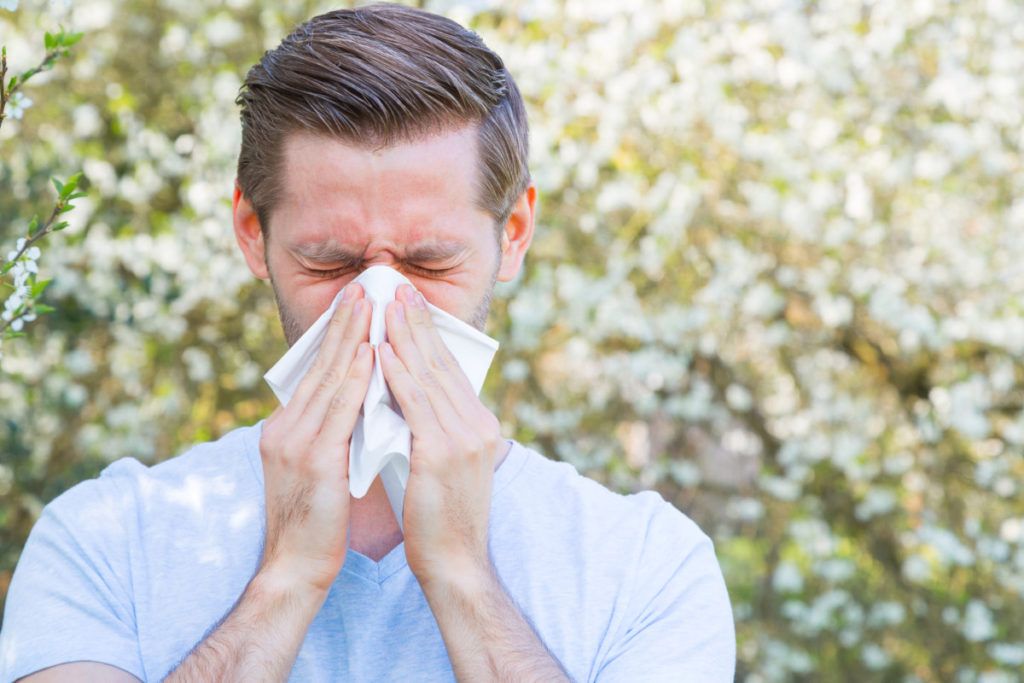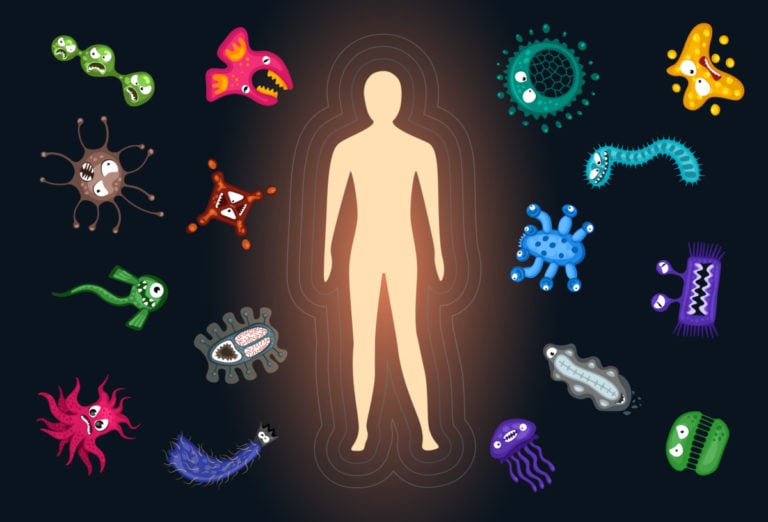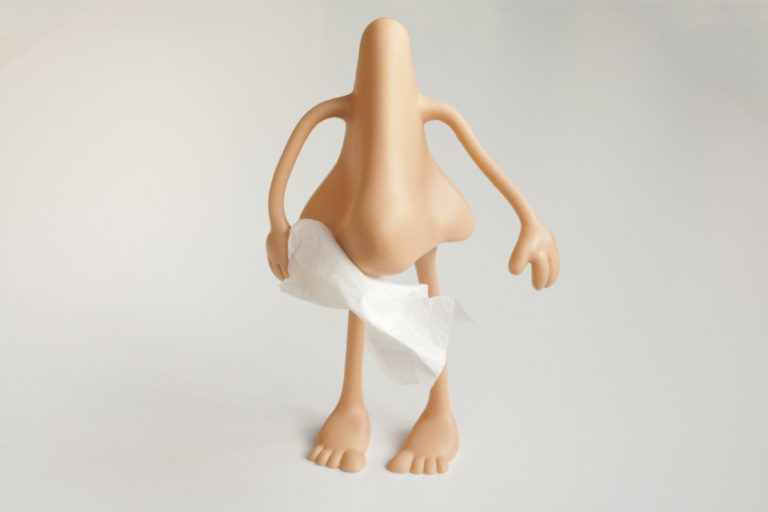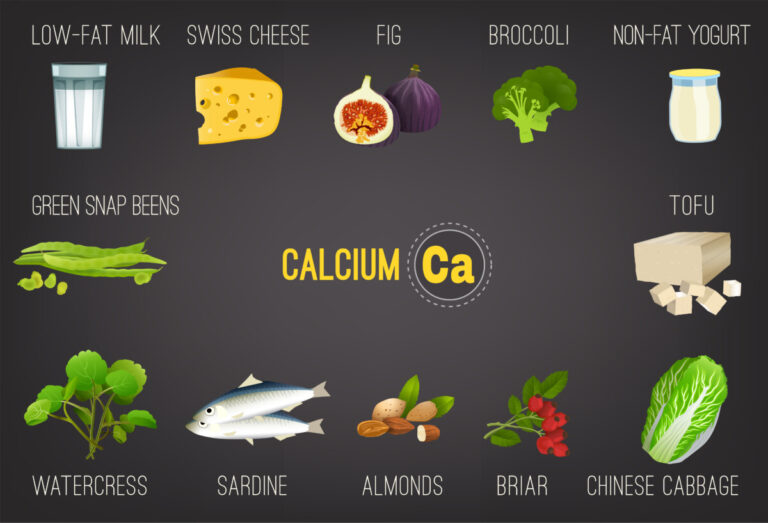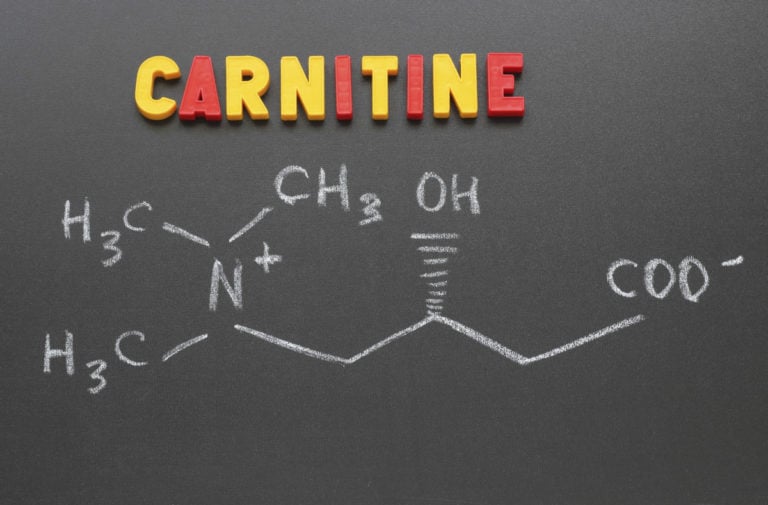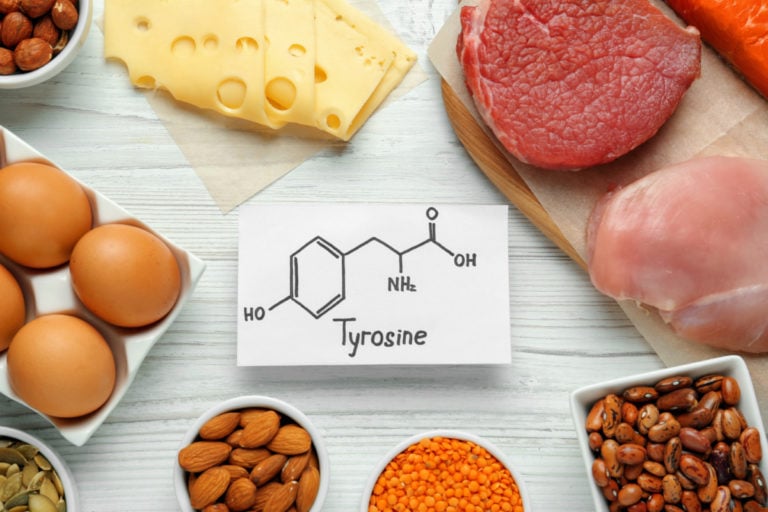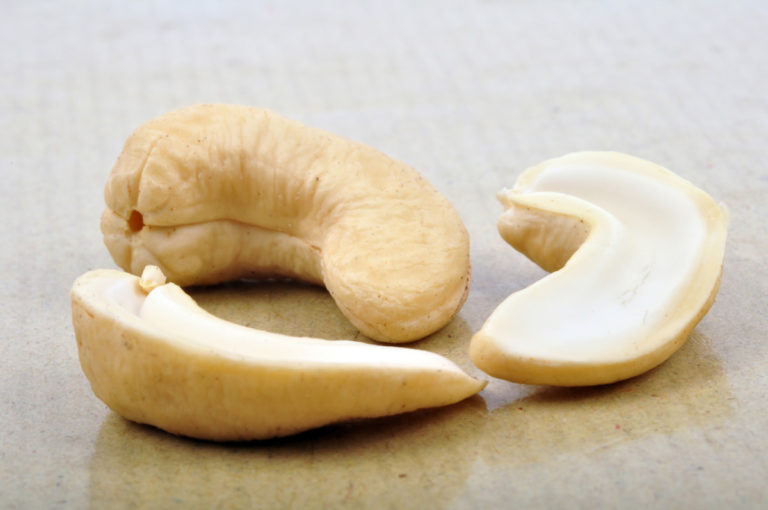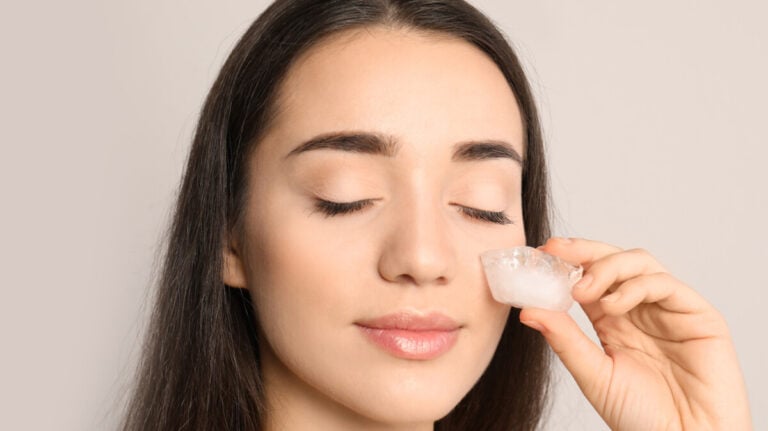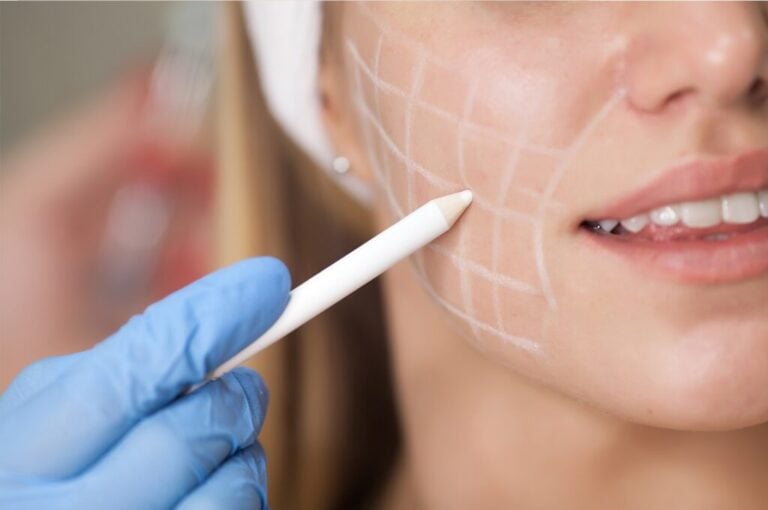Contact of the allergen with the body (in particular, with the immune system) provokes the occurrence of allergies. Living tissues are damaged, a number of characteristic signs of varying degrees of complexity appear.
The main task of the immune system is to ensure the internal constancy of the body. It protects cellular and macromolecular homeostasis from various foreign objects – viruses, toxins, bacteria, as well as from those atypical cells that are formed in the body as a result of pathological processes.
The immune system is a complex mechanism consisting of the following links:
- spleen, thymus;
- areas of lymphoid tissues located in the nodes of the intestine, lymph nodes, lymphoid ring of the pharynx;
- blood cells (lymphocytes, antibodies).
All of these structures perform certain functions. Some recognize antigens, “remember” their structure, others produce antibodies, neutralize foreign agents, etc. At the first meeting with the antigen, the immune system begins an active fight against it. In case of a repeated collision, the body is already “armed”, it quickly neutralizes the foreign agent and prevents the onset of the disease.
Allergy stages
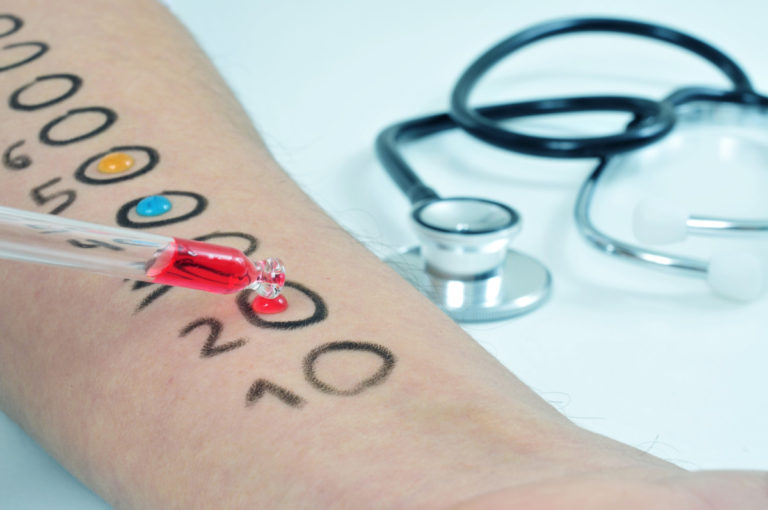
It consists of several subsequent stages:
- Immunological (primary introduction of the stimulus and sensitization) – repeated encounter with the allergen leads to the formation of antigen-antibody complexes and disease;
- Pathochemical – immunological complexes damage the mast cell membrane, which activates inflammatory mediators and releases them into the bloodstream;
- Pathophysiological – as a result of the influence of inflammatory mediators, signs of an allergic reaction develop (dilation of capillaries, rash, production of large amounts of mucus, swelling, bronchospasm).
Between the first and second stages, time can pass, calculated as minutes / hours, and months (and sometimes even years).
If the pathochemical stage proceeds quickly, then we are talking about an acute form of allergy. The body is regularly exposed to foreign factors that the immune system normally ignores. Allergies, on the other hand, cause hypersensitivity to certain agents. It is on them that a strong allergic reaction begins to form.
Types of allergens
There are several main categories of external factors in the development of allergic reactions:
- dust, mites, mold;
- food (dairy, eggs, honey, fruit, chocolate, etc.);
- food additives, preservatives;
- drugs (antibiotics, vitamins, donated plasma, vaccines);
- poisons of insects, snakes;
- excretions, saliva, animal hair, bird fluff;
- plant pollen;
- cosmetics;
- household chemicals;
- ultraviolet rays, cold
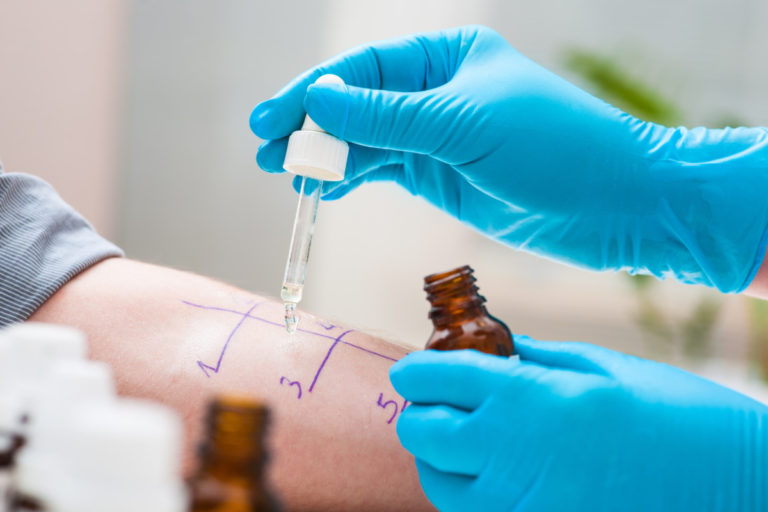
These factors are called “exoallergens”. They cause different types of allergic reactions. There are also irritants of endogenous genesis. Some anatomical structures are not connected to the immune system, which is the norm (for example, the eye lens).
With injuries, infections or other pathologies, insulation is broken. Another mechanism for the formation of allergies is a change in the natural structure of tissues after irradiation, burns, frostbite. The immune system in all such cases considers its own cells as a foreign object.
Allergic reactions
There are five main types of allergic reactions:
- Anaphylactic reactions – bronchial asthma, anaphylaxis, urticaria, angioedema, rhinitis, food allergies. There are biologically active substances in the blood (histamine, heparin, bradykinin). They change the permeability of cell membranes, optimize the production of glandular secretions and increase swelling, promote spasm of smooth muscles.
- Cytotoxic reactions – drug allergy, hemolytic disease, blood transfusion complications. Cell membranes are damaged.
- Immune complex reactions – serum sickness, glomerulonephritis, conjunctivitis, skin allergy, vasculitis, lupus. The surface of the vascular walls is covered with immune complexes that cause inflammation.
- Late hypersensitization – dermatitis, brucellosis, tuberculosis, implant rejection, etc. Develop upon repeated contact with the antigen. As a rule, the dermis, respiratory organs, and digestive canal are affected.
- Stimulatory responses hypersensitivity (eg, thyrotoxicosis, diabetes, myasthenia gravis). Antibodies stimulate or inhibit the activity of other cells.
There are also immediate-type allergic reactions (signs appear immediately after interaction with the allergen) and delayed-type allergic reactions (signs are observed no earlier than a day later).
With a rapidly developing allergy, drugs, pollen, food, allergens of animal origin, etc. act as irritating agents. Antibodies mainly circulate in biological fluids. There is an alternate development of all stages of the immune response, and they replace each other quite quickly. If the patient is not urgently provided with adequate assistance, then an acute allergic reaction can provoke death.
With delayed-type allergies, a pronounced inflammatory reaction occurs with the formation of granulomas. The causes of allergies are fungal spores, bacteria (causative agents of tuberculosis, toxoplasmosis, cocci, etc.), serum vaccines, chemical compounds, chronic pathologies, etc.
Allergy symptoms
The same allergen in different patients can cause different manifestations of the disease. They are local or general, depending on the specific type of allergy.

Typical allergy symptoms:
- rhinitis – itching, swelling of the nasal mucosa, sneezing, runny nose;
- allergic conjunctivitis – hyperemia of the mucous membrane of the visual organs, pain in the eyes, serous discharge;
- dermatitis – redness, skin irritation, rash, itching, blisters;
- Quincke’s edema – swelling of the tissues of the respiratory tract, suffocation;
- anaphylaxis – loss of consciousness, cessation of respiratory activity.
In young children, a frequent form is alimentary allergy – hypersensitivity to certain categories of food products. Pathology is manifested by eczema, urticaria, intestinal upset, abdominal pain, hyperthermia.
First aid for allergies
Often, the patient needs urgent help in the event of an allergy, since delay is fraught with a fatal outcome.
Before the doctors arrive, the following measures must be taken:
- Stop exposure to the allergen.
- Ensure free access of oxygen (free the neck and chest from squeezing clothing, open the window).
- Give the victim an antihistamine (Zodak, Claritin, Tavegil, or others).
- Give victim alkaline mineral water to drink.
- If there was a bite of a poisonous insect, then you need to remove the sting, treat the damaged area with alcohol, apply cold.
- Lay the person on one side to prevent aspiration of the vomit.
- Keep talking so that the patient does not lose consciousness.
The allergist determines the further strategy for the treatment of allergies. Antiallergic drugs, vitamins, detoxification drugs, diuretics are prescribed, if necessary – hormonal ointments for local application, etc. The therapeutic diet is of no small importance. Self-treatment attempts are ineffective and can lead to the development of severe forms of the disease.
